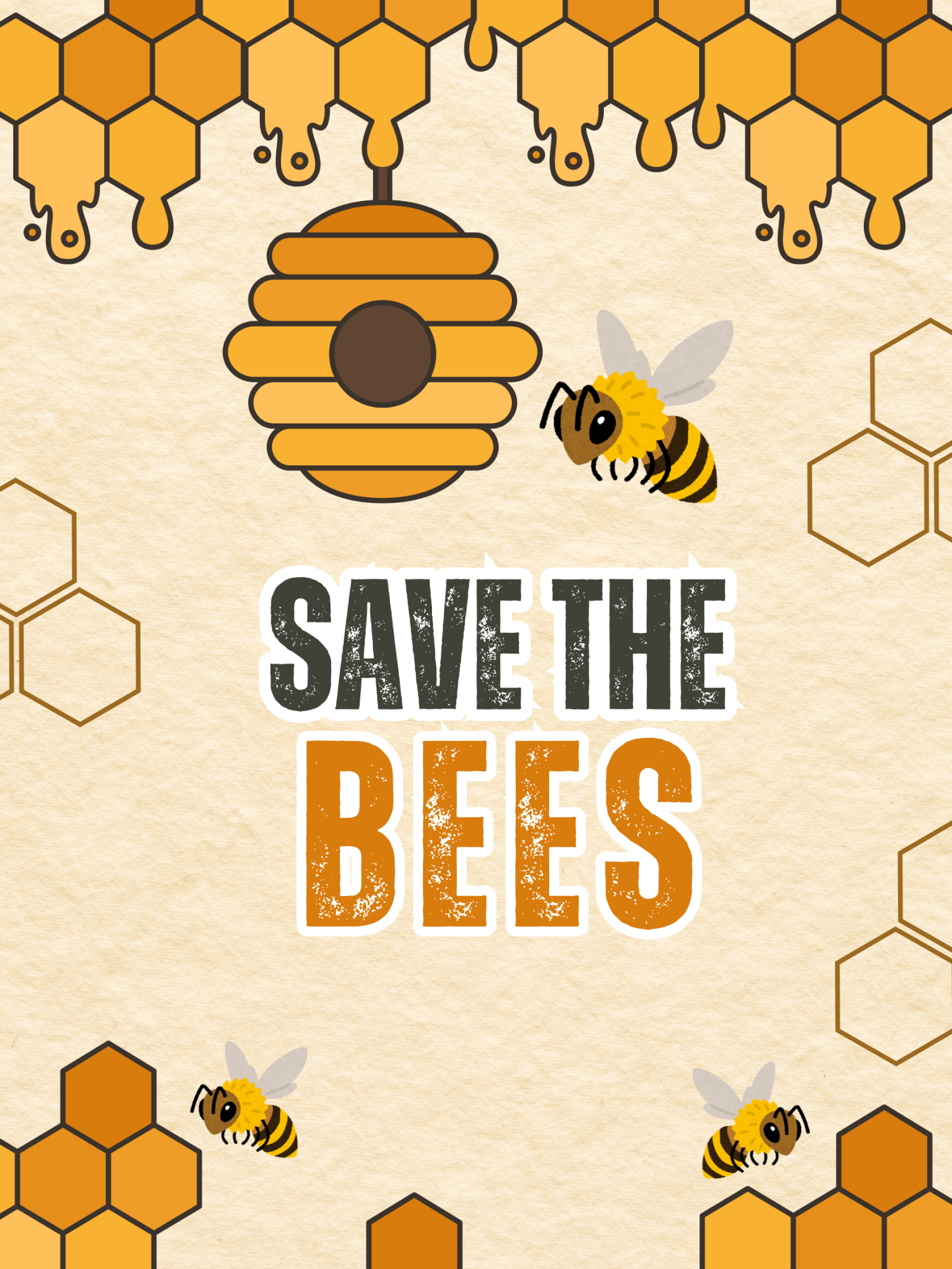The bee population will likely face an extreme drop in 2025, and while nobody likes a bee sting, researchers advise it is absolutely critical to maintain the population. Why? And What can you do?
The honey bee population is expected to decline 60-70% in 2025. According to Penn State researchers, every year since 2006, beekeepers have lost about 30% of their colonies population in the United States alone, meaning projected losses are more then double then in past decades.
While researchers believe that it is too early to know exactly what is causing higher colony losses, according to Priya Chakrabarti Basu, an assistant professor of pollinator health and apiculture at WSU, the loss could be due to a variety of reasons including nutrition deficiencies, mite infestations, viral diseases, and pesticides.
Many researchers main concerns are the possible effects on the agriculture that a significant decline would cause. A large decline will hurt beekeepers which will then in turn effect farmers who rely on those beekeepers to pollinate crops. One of the most effected crops will likely be California almonds, the biggest crop for honey bee pollination.
While all of that is certainly a cause for concern, there are steps that almost anyone can take to help the bees.
According to the bee conservancy, “10 Ways to Save the Bees for Earth Month”, one thing you can do is support bee habitats as habitat loss is a main factor in decline. You can support organizations that have bee habitats and pollinator gardens or plant bee-friendly flowers/plants in window boxes, flower pots, and mix into vegetable beds.
The bee conservancy recommends to also:
- Minimize the use of synthetic pesticides, herbicides, and other agrochemicals.
- Choose bee-friendly plants as many bees only feed on native flowers, consider sourcing native plants.
- Leave bare patches of soil where they can build their homes. 70% of the world’s 20,000 bee species are ground-nesting bees.
- Plant bee-friendly trees.
- Leave cut tree logs outside for carpenter bees to chew homes within.
- Educate yourself and share with others.
- Look into local volunteer opportunities.
WSU scientists are also working on mite control, new research on bee population, and honey bee awareness so while many bees are facing significant threats and some species are already endangered, it’s crucial to continue spreading awareness, staying educated, and practicing simple steps to support the bees.

